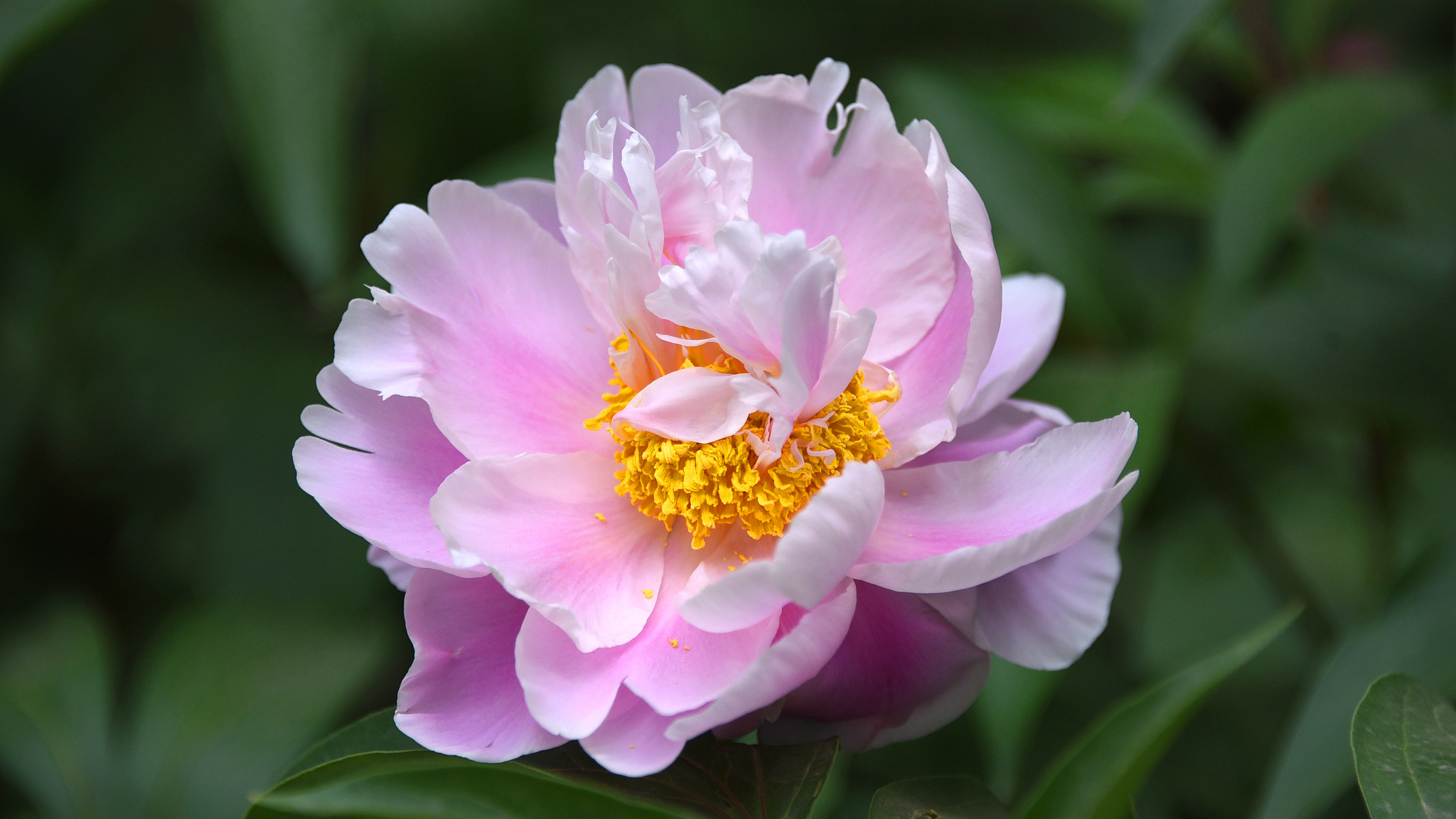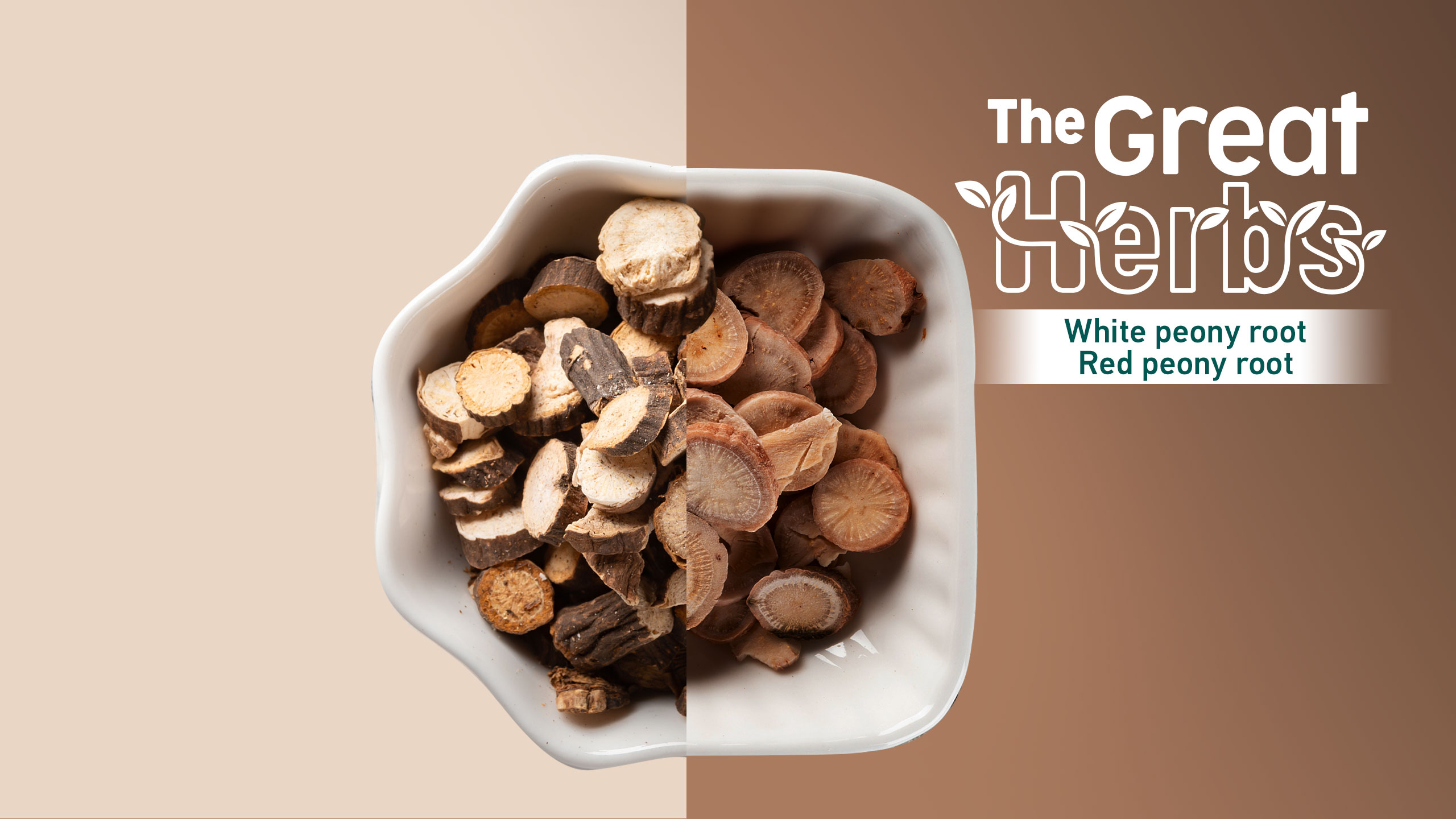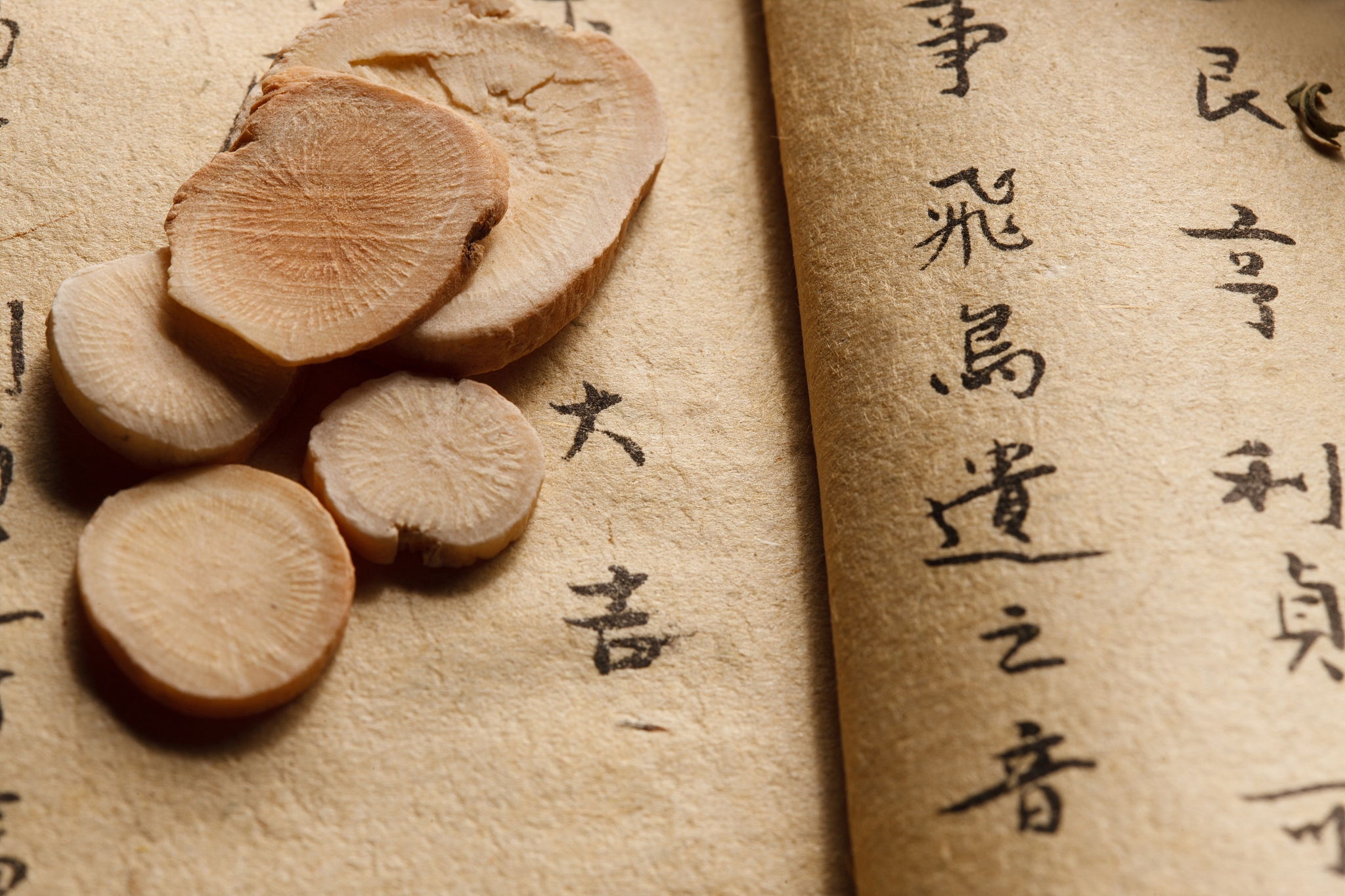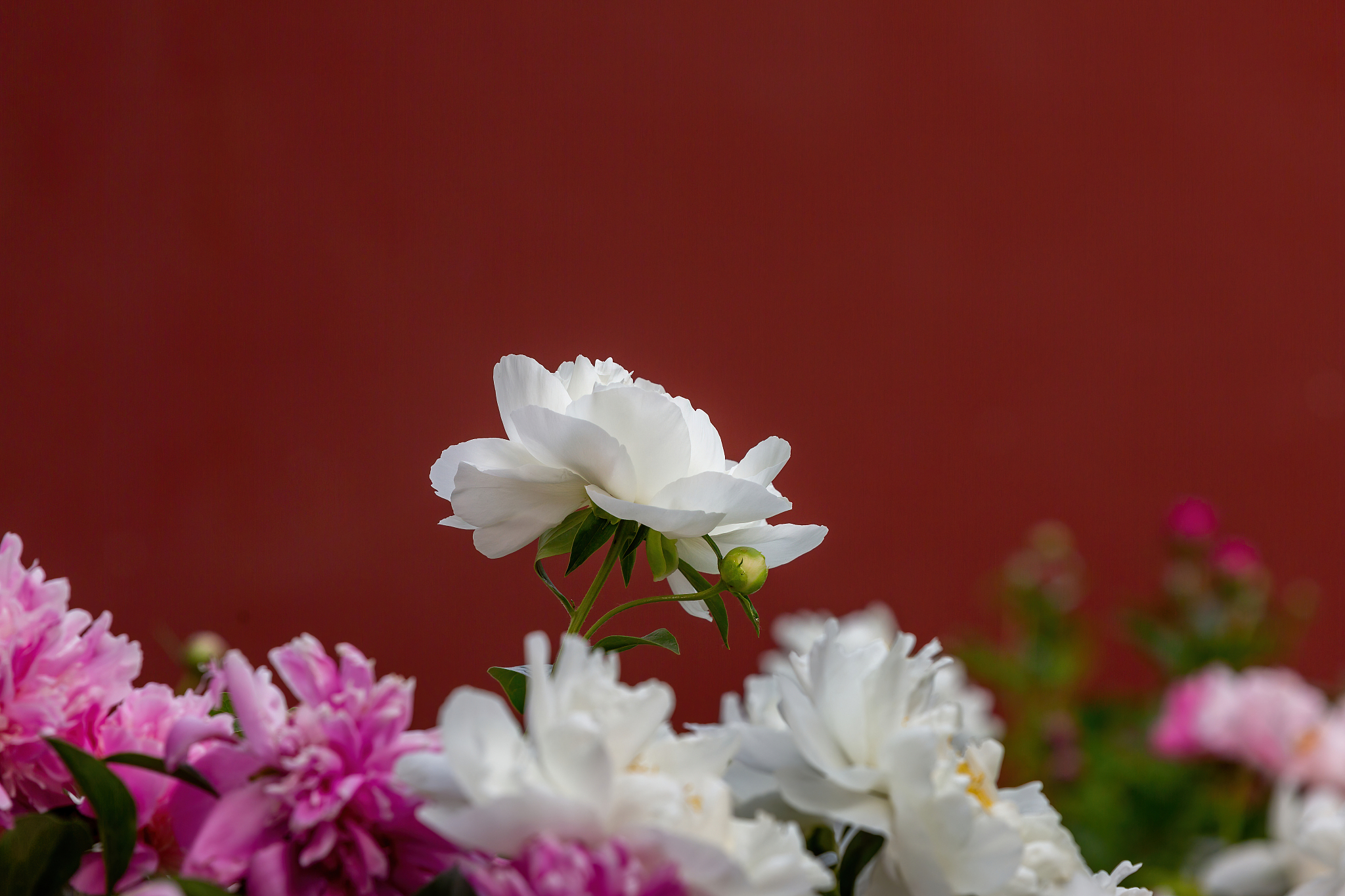Legend has it that Hua Tuo (AD 145-208), a famous Chinese physician of the Han Dynasty known as a miracle-working doctor, mistakenly believed that the peony had no medicinal value after tasting the stems, leaves and flowers.
One day, Hua heard a woman crying outside the window where the peonies were growing. However, he didn't see anyone but the peonies. The same thing happened several times and it puzzled him, so he told his wife about it. His wife said, "Countless plants have become a good medicine, but the peony has been neglected. It's possible that you may not find out its value, so it feels aggrieved." She added, "you checked out the above-ground part of it, but you missed its underground part." But Hua was still not convinced.

One day his wife lost a lot of blood during her period and had great pain in her abdomen, so she dug up the peony root and tried to turn it into a medicine for herself. Surprisingly, she recovered. When Hua realized what happened, he thanked his wife, "Without you, I would have buried a good medicine."
Behind the beauty of peony, it has great medicinal value.

White peony root (L) and Red peony root (R).
White peony root (L) and Red peony root (R).
The Chinese herbal peony is divided into white peony root and red peony root. White peony root, known as "Bai Shao" in Chinese, is the dry root of Chinese peony (Paeonia lactiflora Pall.), and red peony root, known as "Chi Shao" in Chinese, is the dry root of Veitch's peony (Paeonia veitchii Lynch). Although they both come from the peony genus, their properties are quite different.

In Li Shizhen's book "Compendium of Materia Medica," (Ben Cao Gang Mu), he didn't subdivide white peony root and red peony root for discussion. According to the book, peony mainly cures abdominal pain, bone pain, beriberi, nosebleeds, hemoptysis, leucorrhea and tongue swelling.
According to the "Chinese Pharmacy Dictionary," white peony root is the primary treatment for nourishing blood, soothing the liver and relieving pain. It cures chest, abdomen and rib pain, diarrhea, abdominal pain, spontaneous sweating, night sweating and heavy menstrual bleeding. While red peony root can clear heat, promote blood circulation and remove blood stasis. It cures hematemesis, epistaxis, hemafecia, eye swelling and pain, carbuncle swelling and sore.

White peony root has a bitter and sour taste, and a cool nature, while red peony root has a bitter taste and a micro cold nature.
Chinese peony (Paeonia lactiflora Pall.) and Veitch's peony (Paeonia veitchii Lynch) both belong to the Paeoniaceae family. Veitch's peony is a unique plant in China. It is distributed in Tibet, Gansu, Qinghai, Sichuan, Shaanxi and other places in China, growing at 1,800 to 3,700 meters above sea level.
Chinese peony is one of the economic plants which can be used for both medicinal and ornamental purposes.

About 'The Great Herbs' series:
Chinese herbal medicine is the precious legacy of the Chinese people's struggle against diseases for thousands of years and the essence of Chinese culture accumulated over this time. The "Compendium of Materia Medica," written by Li Shizhen, is a valuable heritage of ancient Chinese medicine and botany that has played a significant role in promoting the development of medicine and pharmaceuticals in China and even the world. In this series, CGTN explores some of the great herbs mentioned in the book.
For more:
The Great Herbs: The first of China's nine immortal herbs
The Great Herbs: The buster of blood
The Great Herbs: Flowers with two colors
The Great Herbs: The king of hundreds of herbs
The Great Herbs: Ancient 'mushroom of immortality' on rotten woods
The Great Herbs: Herb with a fishy taste
The Great Herbs: Licorice 'the old man' in the kingdom of medicine
The Great Herbs: Red arrows
The Great Herbs: Heal-all herb withers in summer
The Great Herbs: From natural dye to herbal medicine
The Great Herbs: The malaria buster
The Great Herbs: Female ginseng
(If you want to contribute and have specific expertise, please contact us at nature@cgtn.com.)

